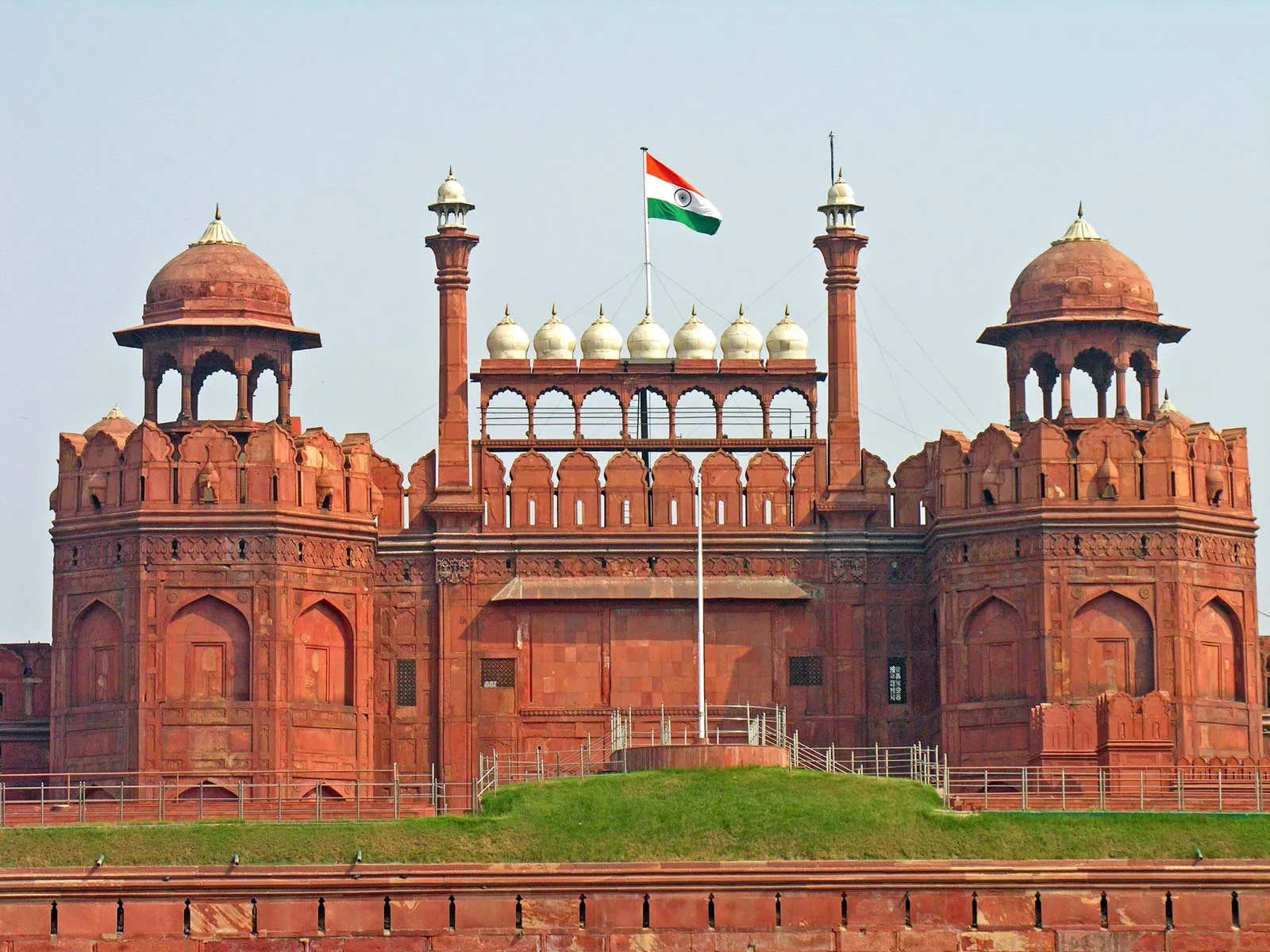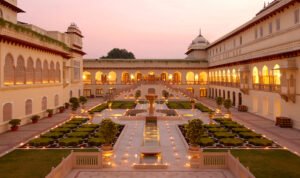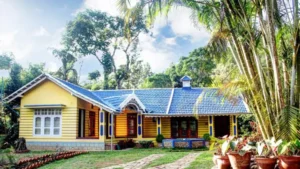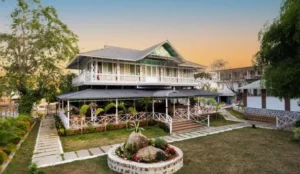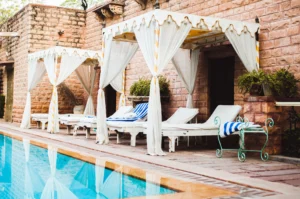The Red Fort (Lal Qila) in Delhi stands as an enduring symbol of India’s history, culture, and spirit of independence. A UNESCO World Heritage Site, it is one of the most iconic monuments in India, attracting millions of visitors from around the world.
Historical Importance:
Built by Mughal Emperor Shah Jahan in 1648, the Red Fort served as the main residence of the Mughal emperors for nearly 200 years.
It witnessed major historical events, from the grandeur of the Mughal era to India’s freedom struggle.
Every year on 15th August (Independence Day), the Prime Minister of India hoists the national flag here and addresses the nation.
Architectural Highlights:
Constructed using red sandstone, the fort showcases a blend of Persian, Timurid, and Indian architectural styles.
Key attractions inside the Fort:
Lahori Gate: The main entrance, bustling with visitors.
Diwan-i-Aam: Hall of Public Audience where the emperor addressed the public.
Diwan-i-Khas: Hall of Private Audience, adorned with intricate decorations.
Rang Mahal: “Palace of Colors,” once home to the royal women.
The fort complex also includes beautiful gardens, water channels, and intricate marble works.
Interesting Facts:
The Red Fort originally had a connection with the Yamuna River, enhancing its defense.
The fort’s planning inspired the design of many later Mughal structures, including the Lahore Fort in Pakistan.
During British rule, parts of the fort were destroyed and repurposed as army barracks.
Why Visit Red Fort?
To witness the grandeur of the Mughal era.
To feel the emotions attached to India’s Independence.
To admire stunning craftsmanship and architectural brilliance.
Best Time to Visit:
October to March (pleasant weather)
Don’t miss the Light and Sound Show held in the evenings, narrating the fort’s rich history!

